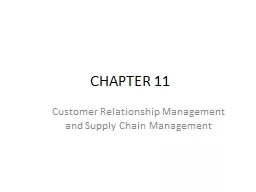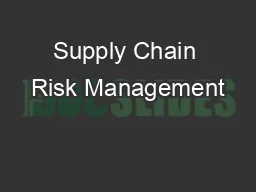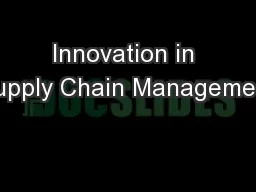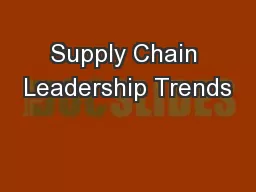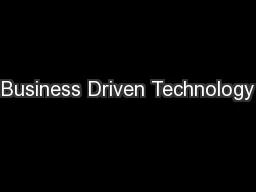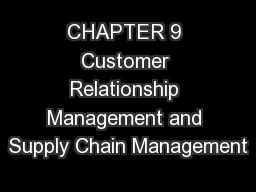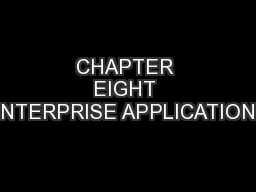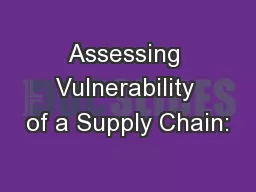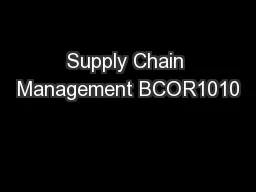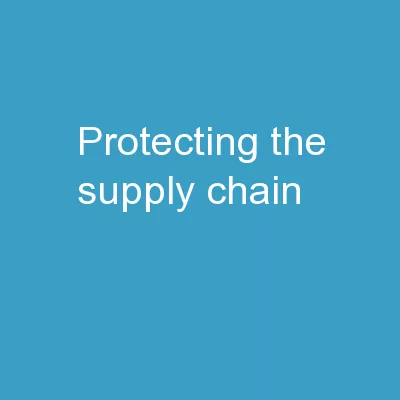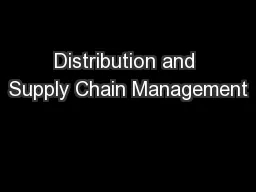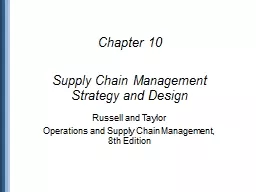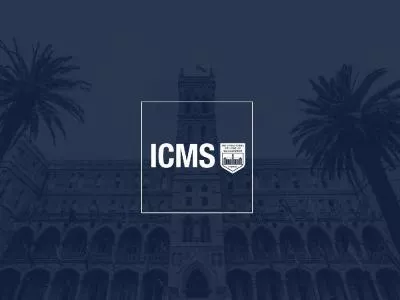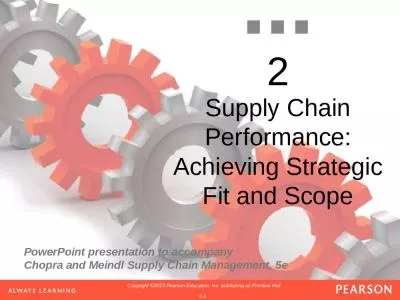PPT-CHAPTER 11 Customer Relationship Management and Supply Chain Management
Author : marina-yarberry | Published Date : 2018-02-28
CHAPTER OUTLINE 111 Defining Customer Relationship Management 112 Operational Customer Relationship Management Systems 113 Analytical Customer Relationship Management
Presentation Embed Code
Download Presentation
Download Presentation The PPT/PDF document "CHAPTER 11 Customer Relationship Managem..." is the property of its rightful owner. Permission is granted to download and print the materials on this website for personal, non-commercial use only, and to display it on your personal computer provided you do not modify the materials and that you retain all copyright notices contained in the materials. By downloading content from our website, you accept the terms of this agreement.
CHAPTER 11 Customer Relationship Management and Supply Chain Management: Transcript
Download Rules Of Document
"CHAPTER 11 Customer Relationship Management and Supply Chain Management"The content belongs to its owner. You may download and print it for personal use, without modification, and keep all copyright notices. By downloading, you agree to these terms.
Related Documents

